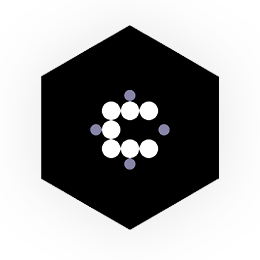The relationship between North American and European children and their toys reveals distinct cultural dynamics. For over a century, North American children have found poetry in their playthings, a phenomenon less evident in Europe, where children's relationships with toys differ. European children may engage with art and poetry more traditionally, not equating technology with these forms as readily.
When Europeans visit North America, they often express delight in the technological aspects of home life, indicating a different cultural reception. The concept of the “child of the future” evokes a blend of excitement and terror, suggesting an evolution in learning and consciousness, extending into the environment. This future child could program consciousness with the same ease we program technology today. However, this prospect should not terrify us; instead, it offers means for self-expansion rather than alienation. Technologies amplify, accelerate, and enrich our powers, rather than detaching us from our essence.
From a Jungian perspective, this amplification of powers through technology can be seen as an archetypal process. The child of the future, interacting seamlessly with technology, embodies the archetype of the evolving human psyche, integrating with the environment. McLuhan's view aligns with this, seeing technology as an extension of human faculties, enriching the learning process and expanding consciousness. This interplay between technology and the psyche reflects the continuous interaction between the collective unconscious and individual consciousness, projecting inner potentials onto external tools.
As McLuhan noted, technology extends our senses and transforms our interactions, reshaping our sensory balance and consciousness. In this context, the future child is not merely adapting to technology but integrating it as a natural extension of self, amplifying human capacities and enhancing the collective consciousness. The terrifying aspect diminishes when viewed as a step toward a more integrated and enriched human experience, where technology serves as a bridge between internal potentials and external realities.




